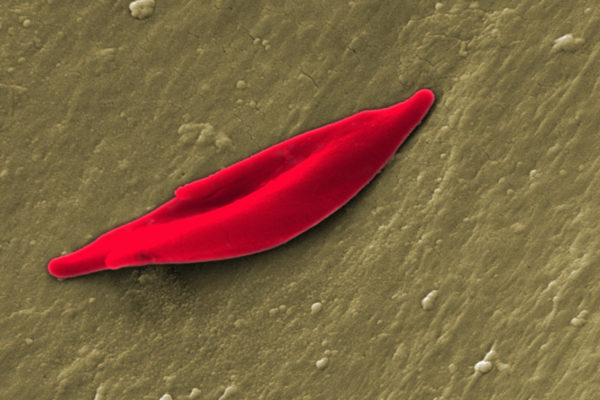
Sickle cell disease (SCD) is a group of haemoglobinopathies characterised by chronic haemolytic anaemia caused by mutations in the β-globin chain of haemoglobin. Patients with SCD commonly present with acute or chronic pain as well as end-organ damage, which contribute significantly to premature mortality.1 A high risk of maternal and neonatal morbidity is also seen in women with SCD.2 In the wider population without SCD, the presence of anaemia is a known risk factor for the development of adverse outcomes associated with pregnancy including preeclampsia, gestational hypertension, and postpartum haemorrhage.3 It has also been suggested that anaemia may act as a mediator of the increased risk of adverse outcomes associated with pregnancy. A recent study investigated the potential involvement of prenatal anaemia in the increased risk of adverse outcomes associated with pregnancy.4
In a cross-sectional study carried out by Early and colleagues using data from the 2012 to 2018 US-based National Inpatient Sample, the incidence of severe maternal morbidity (SMM) and adverse outcomes associated with pregnancy was compared between women who had SCD versus those without SCD, but with prenatal anaemia. An important inclusion criterion was black ethnicity given that a high proportion of people with SCD are represented by this ethnic group.5 Data for which race or diagnosis data were not available were excluded. 19 severe maternal morbidity outcomes from the Centers for Disease Control and Prevention SMM index were assessed, as well as additional outcomes including gestational hypertension, preterm membrane rupture, and preterm delivery among others. Cases of prenatal anaemia were identified using a mixed definition established by the authors as deliveries coded with general anaemia complicating pregnancy unless also coded with postpartum haemorrhage, and deliveries coded with a deficiency anaemia or prenatal anaemia of pregnancy code regardless of postpartum haemorrhage code.
Of 764,455 total delivery cases of patients with black ethnicity, 3,200 were identified as having maternal SCD, 34,808 were coded with maternal anaemia, and 726,447 cases served as controls. Mortality per 10,000 deliveries and measures of SMM were higher in the SCD group (13 deaths (95% CI, 4.9-35 deaths); SMM: 5.9% (95% CI 5.1-6.8%)) versus both anaemia (0.9 deaths (95% CI, 0.3-2.8 deaths); SMM: 2.1% (95% CI 2-2.3%)) and control groups (1.2 deaths (95% CI 1-1.5 deaths); SMM: 1.1% (95% CI 1-1.1%)). Both SCD (5.51; 95% CI, 4.71-6.45) and anaemia (2.00; 95% CI, 1.84-2.17) groups displayed higher adjusted odds of severe maternal morbidity versus the control group. For complications involving ischaemia or abnormal placentation, the risk ratio for SCD versus anaemia ranged between 1.0 and 2.1. For complications linked to thrombosis or SCD-specific pathologies, higher rates and adjusted odds ratios were found in the SCD versus anaemia group, and risk ratios were between 3.7 and 10.9.
Findings from this study report that risk associated with prenatal anaemia and SCD were comparable for many adverse outcomes linked to pregnancy, in particular those associated with abnormal placentation and ischaemia. This suggests that prenatal anaemia may indeed be a risk factor for SMM and serve as a mediator of adverse outcomes associated with pregnancy in women with SCD. Author-reported limitations of this study include the inclusion/exclusion criteria of the cases used which may not fully reflect the entire population of pregnant women with prenatal anaemia. Given the available data in the National Inpatient Sample, other variables such as obesity and tobacco use could not be included. Finally, further studies are required to investigate the link between prenatal anaemia and adverse outcomes related to pregnancy to establish the causative nature of this association.
References